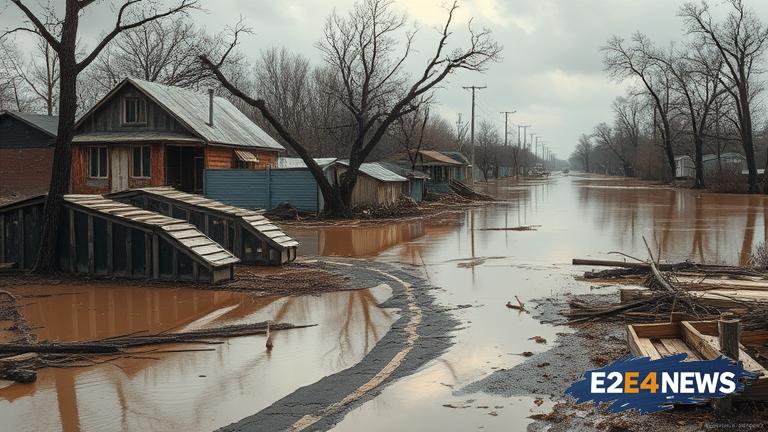The recent floods in Texas have left a trail of destruction, with many lives lost and countless properties damaged. As the state begins to rebuild and recover, several questions remain unanswered. One of the primary concerns is the role of climate change in the floods, with many experts suggesting that rising temperatures and changing weather patterns may have contributed to the disaster. However, others argue that the floods were simply a result of heavy rainfall and poor infrastructure. Another question that remains unanswered is the effectiveness of the state’s emergency response systems, with some critics arguing that the response was slow and inadequate. The floods also highlighted the issue of urban planning, with many areas that were supposed to be safe from flooding being severely affected. Furthermore, the economic impact of the floods is still being assessed, with many businesses and homes destroyed or damaged. The floods also raised concerns about the state’s infrastructure, with many roads and bridges being damaged or destroyed. In addition, the environmental impact of the floods is still being assessed, with many waterways and wildlife habitats being affected. The state government has promised to conduct a thorough investigation into the causes of the floods and to implement measures to prevent such disasters in the future. However, many residents are still waiting for answers and are demanding greater transparency and accountability from the government. The floods have also highlighted the need for greater investment in flood protection measures, such as levees and floodwalls. Moreover, the disaster has raised questions about the role of human activity in exacerbating the effects of natural disasters, such as deforestation and land development. As the people of Texas continue to rebuild and recover, it is essential that these questions are answered and that measures are taken to prevent such disasters in the future. The floods have also had a significant impact on the state’s agriculture, with many crops being destroyed or damaged. The state’s livestock industry has also been affected, with many animals being killed or displaced. In conclusion, the recent floods in Texas have raised many unanswered questions, and it is essential that these questions are addressed in order to prevent such disasters in the future and to ensure that the state is better prepared to respond to emergencies.
